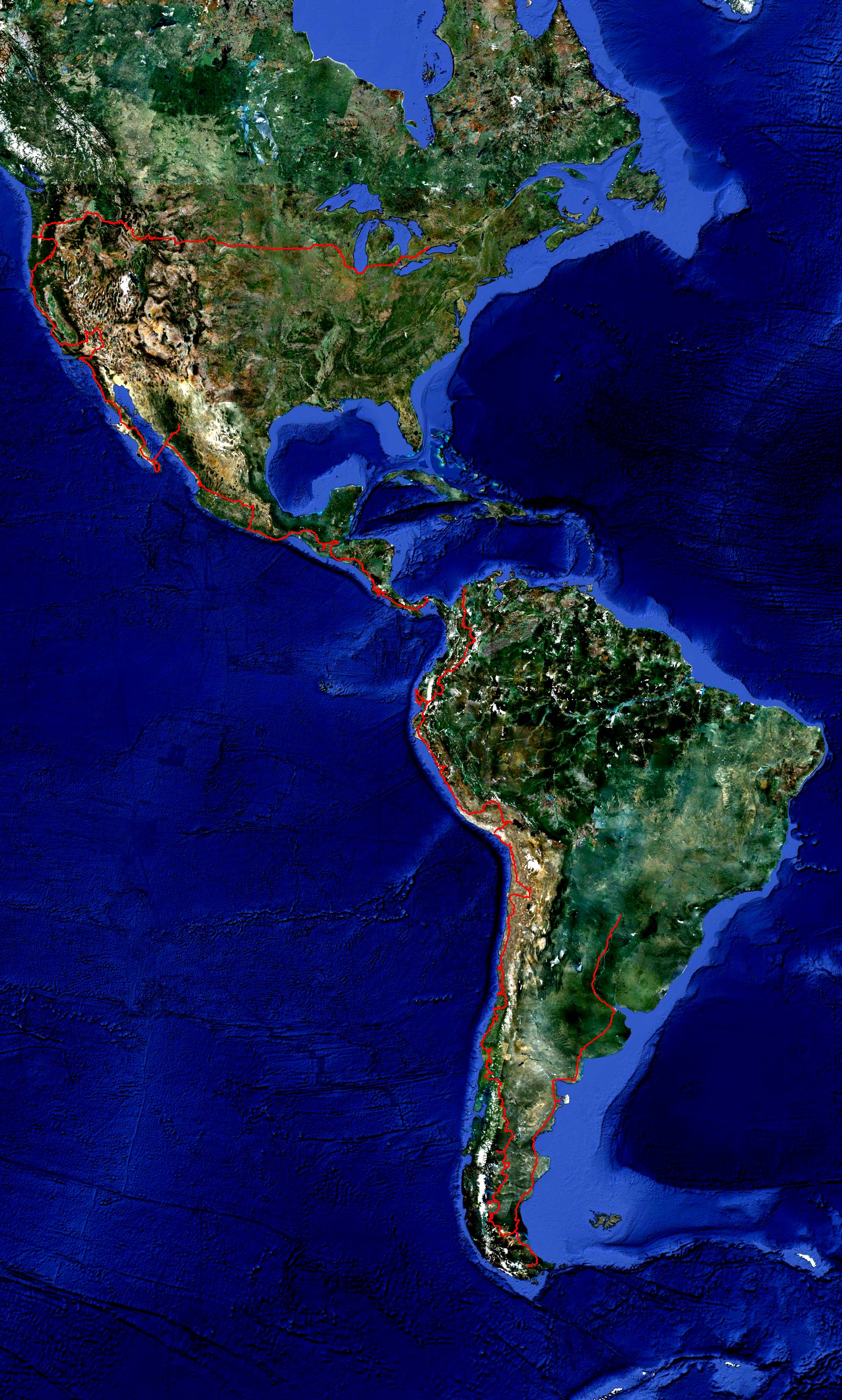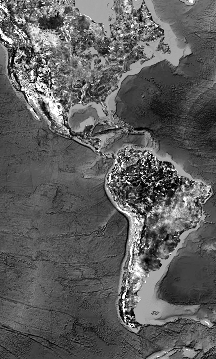Nestled between Argentina, the Pacific, and huge ice fields in the far south of Chile is Chile’s most famous national park: Torres del Paine (Which happens to be quite near to Argentina’s Los Glaciares). At 51 degrees south of the equator, the climate here is decidedly rough, and the mountaineous terrain and its situation close to the Pacific make it all the more so. For us this sort of felt like home!
We crossed back into Chile from Argentina near the park, as there are no roads in Chile from the north; the terrain is completely frozen over and covered by a massive sheet of ice called the Southern Patagonian Ice Field. After the border, we drove through a countryside of huge sheep estancias (ranches), mountains, and fjords, to the town of Puerto Natales where we got supplies for the five day hike we were planning to undertake.
After stocking up and having dinner in Puerto Natales, we started the three hour drive to the park entrance. By this time it was dark, and when we got to the park entrance we camped nearby to await the morning, when we would get our hiking permits and start the trail.
We were woken up early by a park warden, who told us that we had actually camped just inside the park boundary and were damaging vegetation. Fortunately she wasn’t too annoyed but we had to get up. Coming out of our tents, we encountered the spectacular view of Torres del Paine that is on so many tourism posters as well as on the bottles of one of Chile’s most popular beers.
The most common hike people do in Torres del Paine is known as the “W”, but we opted for the more difficult “full circuit” hike. The 1200m pass we were warned about on this hike didn’t seem quite that challenging after having done 6000m Mt. Chachani in Peru, and despite the official view that the 100km hike takes 7 days we felt ready to do it in 5.
The weather was cooperting fully and we cruised on to the trailhead.
The only obstacle en route was this bridge whose supposed maximum capacity was only half the weight of the Safari…
We somehow did manage to get the Safari across, and made it to the trailhead without incident, where we stopped to have breakfast and put our packs together.
We hiked for three days on our way to the pass, by beautiful mountain lakes with spectacular glaciers, many of them connected to the Ice Field. The trail was generally very well maintained and the campsites very developed, some of them even having hot showers. The funny thing is that the showers we had on the trail in this park were the first showers we were having in over a week, since we had been car camping on our way here.
The fourth day we passed the pass, which was extremely windy and somewhat snowy, but not really a challenge for anyone and we were all surprised when we passed over it much earlier than expected.
Once over the top, the snow stopped and revealed the enormous Glacier Grey (270 sq. km.) ahead of us. The ice around the edges and in the crevaces was a spectacular dark blue, and icebergs were drifting off into Lago Grey.
After descending towards the glacier, we hiked along Lago Grey, stopping to camp for a night. The terrain and vegetation was definitely remniscent of northern Canada or Europe, but different enough just to remind us we were in the southern hemisphere. The pine trees grew just a little differently, and a South American berry called the Calafate replaced the blueberries we’re so used to seeing.
From Lago Grey, it was another two days to complete the loop. Luckily for us the weather cooperated and we had some warmth and sunshine on the trail even though we could see the dark clouds with their snow stuck in the mountain valleys around the Torres (towers). We even took a swim in a glacial lake.
Back at the Safari, it started without difficulty, although we did have to reinflate one of the tires which clearly had gotten a puncture somewhere on the way here.
We returned to Puerto Natales, where we decided to get a hotel and relax for a couple days to wash ourselves, do laundry, and take care of internet business before heading down to the southernmost destination: Tierra del Fuego. Last thing before leaving though: Ewa’s birthday!










































































































